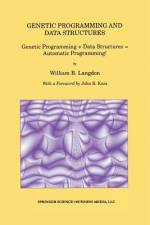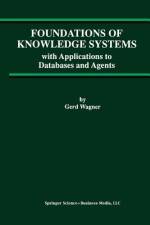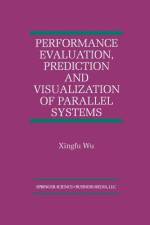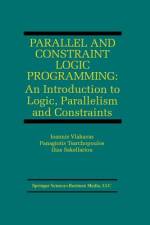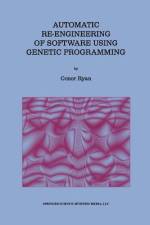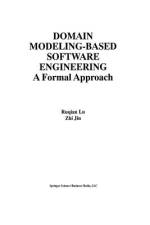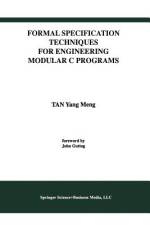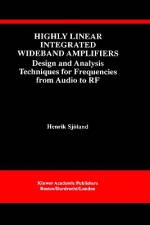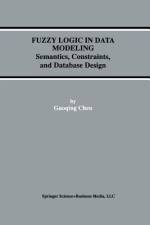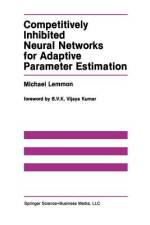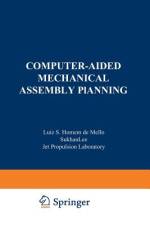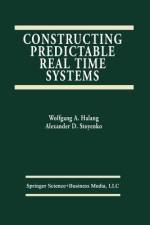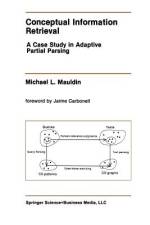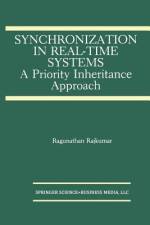von Xingfu Wu
140,00 €
Performance Evaluation, Prediction and Visualization in Parallel Systems presents a comprehensive and systematic discussion of theoretics, methods, techniques and tools for performance evaluation, prediction and visualization of parallel systems. Chapter 1 gives a short overview of performance degradation of parallel systems, and presents a general discussion on the importance of performance evaluation, prediction and visualization of parallel systems. Chapter 2 analyzes and defines several kinds of serial and parallel runtime, points out some of the weaknesses of parallel speedup metrics, and discusses how to improve and generalize them. Chapter 3 describes formal definitions of scalability, addresses the basic metrics affecting the scalability of parallel systems, discusses scalability of parallel systems from three aspects: parallel architecture, parallel algorithm and parallel algorithm-architecture combinations, and analyzes the relations of scalability and speedup. Chapter 4 discusses the methodology of performance measurement, describes the benchmark- oriented performance test and analysis and how to measure speedup and scalability in practice. Chapter 5 analyzes the difficulties in performance prediction, discusses application-oriented and architecture-oriented performance prediction and how to predict speedup and scalability in practice. Chapter 6 discusses performance visualization techniques and tools for parallel systems from three stages: performance data collection, performance data filtering and performance data visualization, and classifies the existing performance visualization tools. Chapter 7 describes parallel compiling-based, search-based and knowledge-based performance debugging, which assists programmers to optimize the strategy or algorithm in their parallel programs, and presents visual programming-based performance debugging to help programmers identify the location and cause of the performance problem. It also provides concrete suggestions on how to modify their parallel program to improve the performance. Chapter 8 gives an overview of current interconnection networks for parallel systems, analyzes the scalability of interconnection networks, and discusses how to measure and improve network performances. Performance Evaluation, Prediction and Visualization in Parallel Systems serves as an excellent reference for researchers, and may be used as a text for advanced courses on the topic.




